Muktinath, Nepal
Embark on a Spiritual Odyssey to Muktinath, Nepal: Journey through the majestic Himalayas
Muktinath Temple’s rich history and its location amidst the stunning landscapes of the Annapurna and Dhaulagiri mountain ranges make it an enticing pilgrimage site for devotees and adventure seekers alike. Its significance in both Hindu and Buddhist traditions adds to the allure, making it a must-visit destination for anyone seeking spiritual enlightenment and a connection with the divine.
Step-by-Step Guide to Reaching Muktinath Temple
A pilgrimage to Muktinath Temple requires careful planning and preparation. The best time to visit the temple is during spring (March to May) and autumn (September to November) when the weather is most favorable for trekking. Always confirm the current travel options and conditions as they may have changed after my visit in October 2023.
If you’re looking to reach Muktinath in Nepal from New Delhi, here’s a more detailed guide:
Fly to Kathmandu:
Start by taking a flight from Indira Gandhi International Airport (DEL) in New Delhi to Tribhuvan International Airport (KTM) in Kathmandu, Nepal.
Travel from Kathmandu to Pokhara:
From Kathmandu, you can either take a domestic flight from Kathmandu to Pokhara, which is approximately a 30-minute flight or opt for a road journey. The road journey takes approximately 6-8 hours, depending on the mode of transportation. Flight is an easier option. From Pokhara, you have two main options to reach Muktinath Temple:
Option1 (Flight and Drive)
Pokhara to Jomsom:
Jomsom is the gateway to Muktinath. You can take a flight from Pokhara to Jomsom. The flight offers breathtaking views of the Himalayas. Keep in mind that flights to Jomsom are subject to weather conditions.
Jomsom to Muktinath:
From Jomsom, you can travel to Muktinath, which is approximately 25 kilometers away. You can hire a jeep or take a local bus. Some visitors also choose to trek from Jomsom to Muktinath, experiencing the scenic beauty of the region.
Option2 (Drive only)
Drive from Pokhara, which will take you through various villages and landscapes, eventually leading you to Muktinath Temple. This option is more time-consuming and off road difficult drive as the drive can take 8-10 hours, depending on the road condition, time period of travel and traffic. You can either hire a full Jeep, which costs you around 45 thousand (IC) or opt for shared Jeep. Only 4×4 vehicles are allowed in this area.
It’s important to note that the availability of flights to Jomsom, road conditions, and weather can impact your travel plans. It’s advisable to check with local travel agencies, airlines, or tour operators for the most up-to-date information and to make necessary arrangements. Additionally, permits may be required for certain areas, so make sure to inquire about and obtain any necessary permits before your journey. However, Nepalese and Indian citizens are exempted from permits requirements.
Tips for Acclimatizing and Staying Safe during the Journey
High altitude is one of the main challenges you may face during your journey to Muktinath Temple. Here are some tips to help you acclimatize and stay safe:
Ascend slowly: Give your body time to adjust to the high altitude by gradually increasing your elevation each day. If you have taken a flight to Pokhara, it is advisable to take night halt in Pokhra with plenty of accommodation choices.
Stay hydrated: Drink plenty of water and avoid alcohol and caffeine, which can exacerbate dehydration.
Rest and sleep well: Ensure you get adequate rest and a good night’s sleep to help your body recover from the day’s exertions.
Know the signs of altitude sickness: Be aware of the symptoms of altitude sickness, such as headache, nausea, dizziness, and shortness of breath. If you experience any of these symptoms, consider descending to a lower altitude until you feel better.
Kagbeni: Let the Kali Gandaki River whisper ancient tales as you seek the divine blessings of Lord Vishnu
Kagbeni, a village in the Mustang district of Nepal, holds spiritual importance primarily due to its cultural and religious heritage, as well as its strategic location on the ancient trade route connecting Tibet and Nepal. It’s important to note that while Kagbeni is not a predominantly Hindu pilgrimage site, it serves as a stopover for those en route to Muktinath. Pilgrims often appreciate the cultural diversity, historical significance, and natural beauty of Kagbeni as part of their spiritual journey in the Himalayan region. Additionally, the specifics of spiritual significance can vary among individuals based on their personal beliefs and practices.
Confluence of Rivers:
Kagbeni is situated at the confluence of the Kali Gandaki River and the Jhong River. In Hindu tradition, the meeting point of two rivers is often considered sacred. Pilgrims may visit such confluence areas to perform rituals, take holy dips, and seek spiritual purification.
Pilgrimage Route:
Kagbeni may be a stop along the pilgrimage route for Hindus traveling to Muktinath, a sacred site for both Hindus and Buddhists. Muktinath, believed to be the place of salvation, is dedicated to Lord Vishnu. Pilgrims traveling to Muktinath may stop for some time at Kagbeni during their journey.
Trade Route History:
Kagbeni was a vital stop on the ancient trade route connecting Tibet and Nepal. The historical trade connections between the two regions may be of interest to Hindu pilgrims, providing a context for cultural exchange and the movement of people and traditions.
Abundance of Shaligram stones:
Shaligram stones, are considered sacred and are typically found in the Kali Gandaki River in Nepal. The Kali Gandaki River, particularly in the Upper Mustang region, is renowned for being a primary source of Shaligram stones. These stones are naturally occurring black ammonite fossils that are considered auspicious and are venerated by Hindus, especially followers of Vaishnavism. Devotees believe that the Shaligram stones represent the deity Vishnu and are considered a manifestation of his presence.
It’s important to note that the availability of Shaligram stones can vary, and collecting them is subject to certain cultural and environmental considerations. The stones are typically found in the riverbed, and pilgrims often engage in a practice called “Shaligram Pooja,” where they worship and care for these sacred stones.
If you are interested in obtaining Shaligram stones or learning more about their cultural and spiritual significance, it is advisable to approach the matter with respect and awareness of local customs. Additionally, it’s crucial to be mindful of environmental conservation efforts and not disturb the natural habitat of these stones during any collecting activities.
It is important to mention that the two 60 million-year-old Shaligram rocks weighing 14 and 26 tons were transported to Ayodhya to carve out and install the idol of Lord Ram in the sanctum sanctorum of the Ram Temple from Kali Gandaki river basin in the Muktinath region of Nepal.


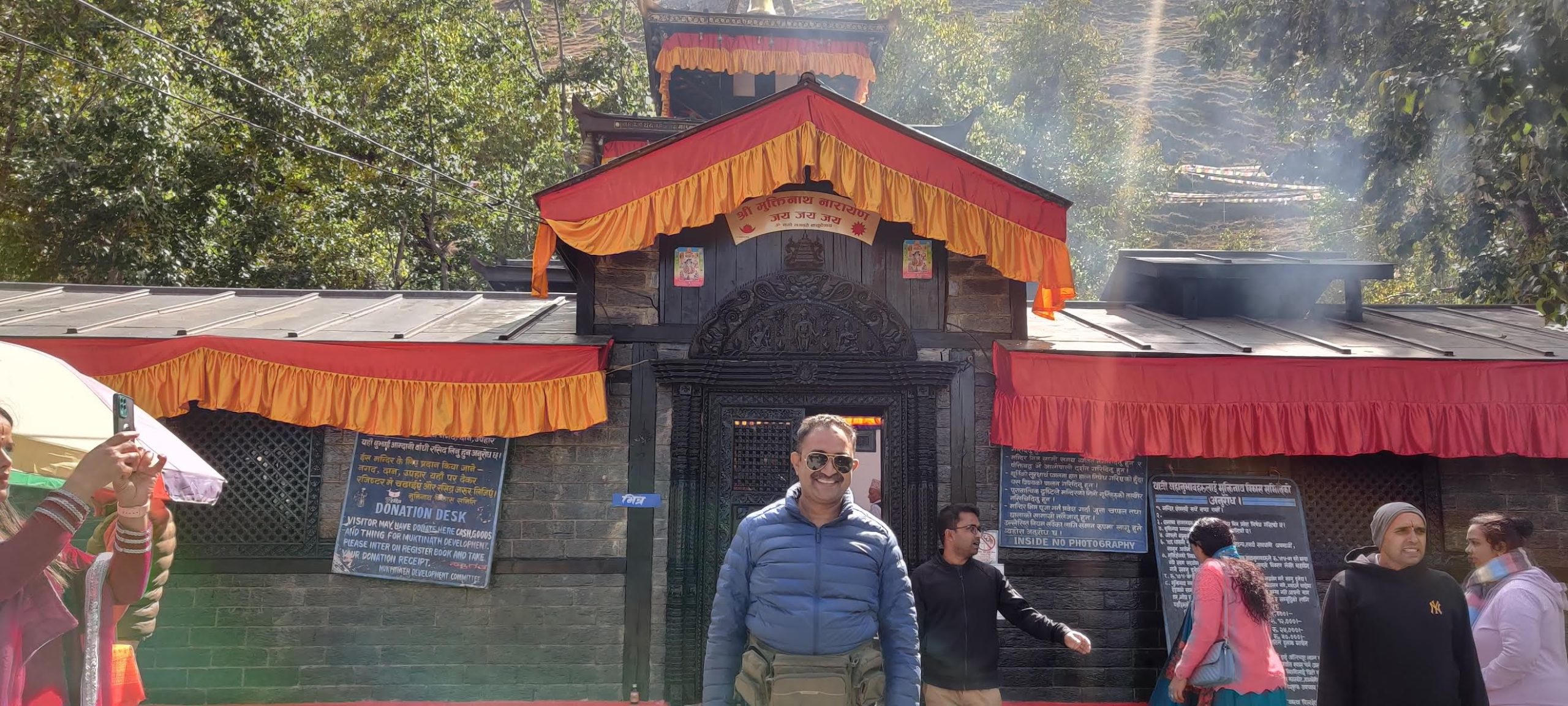

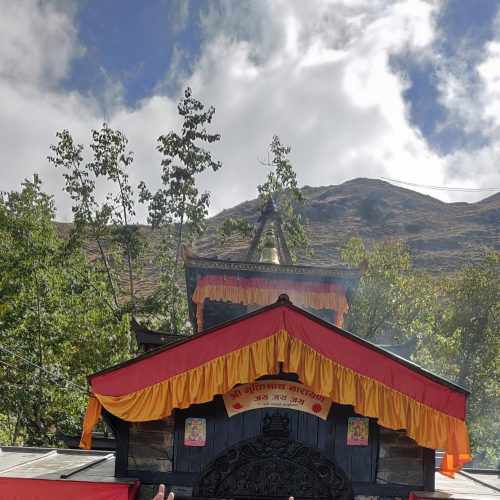
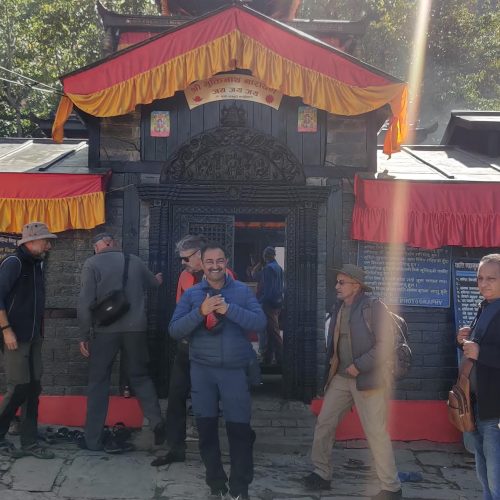
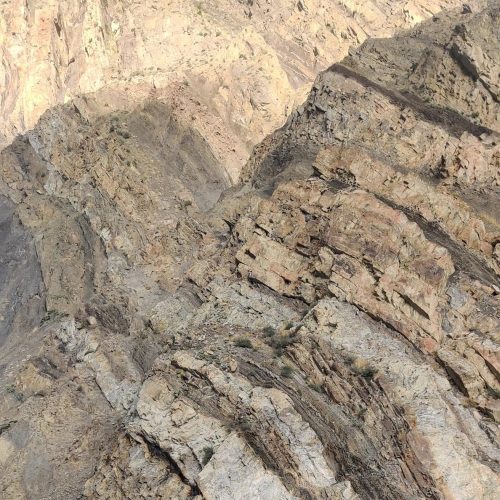
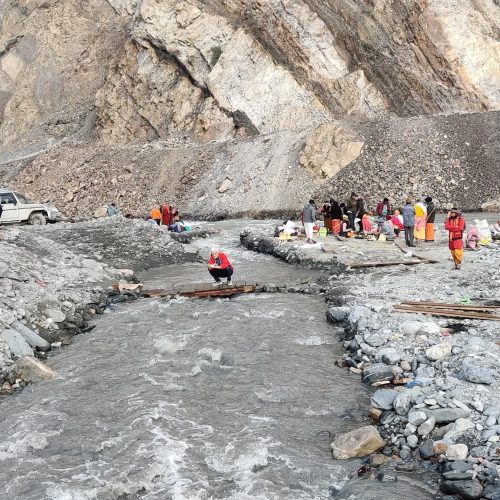
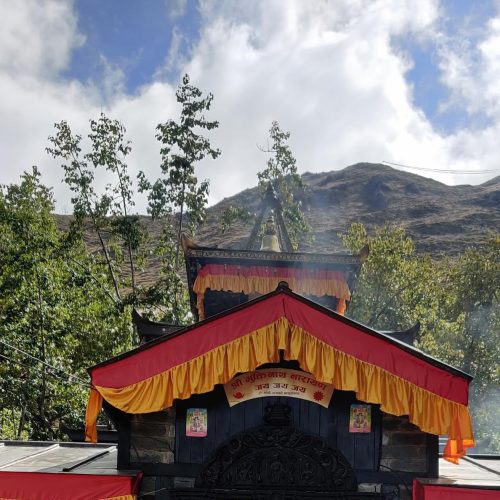
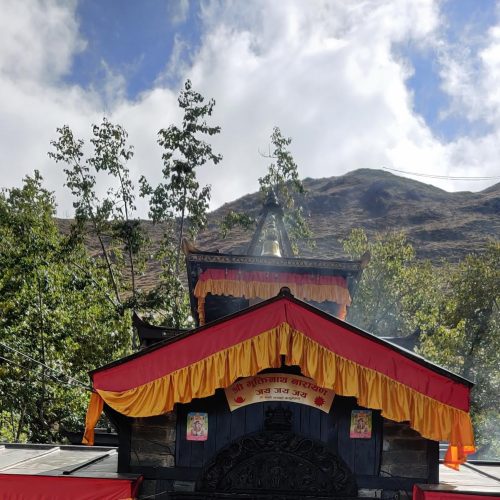
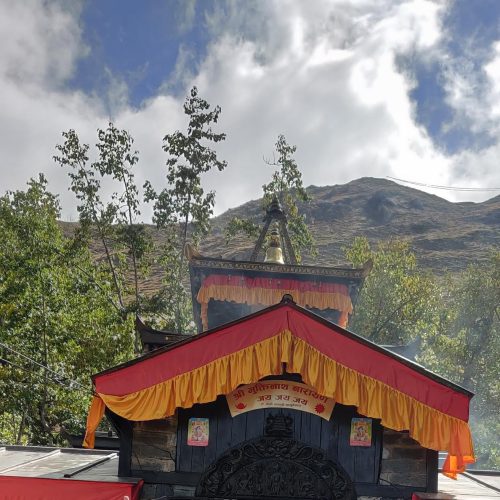
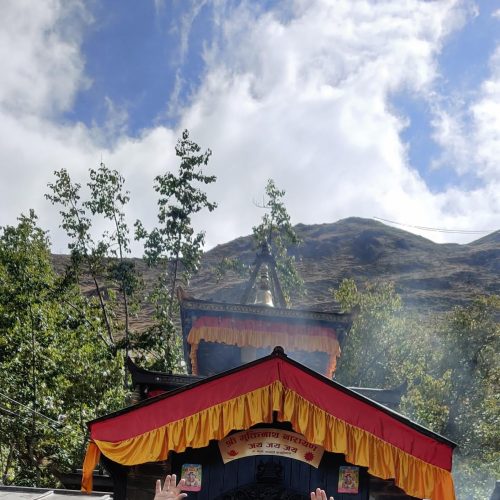
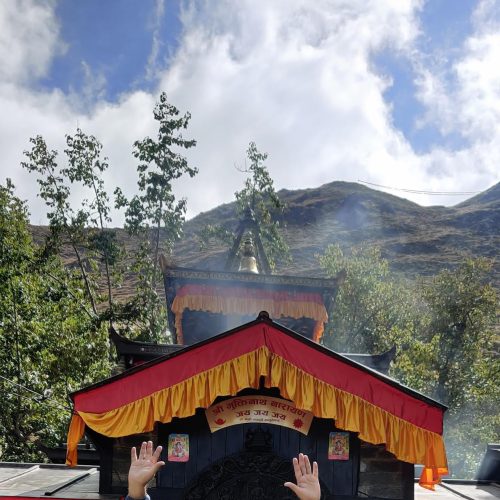
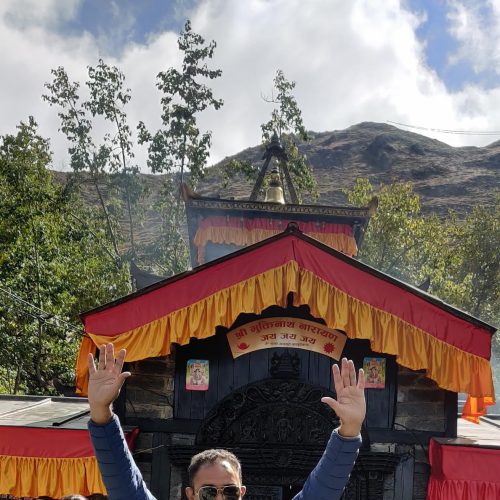
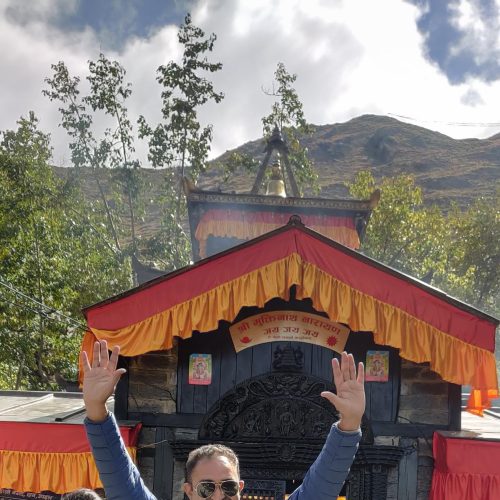
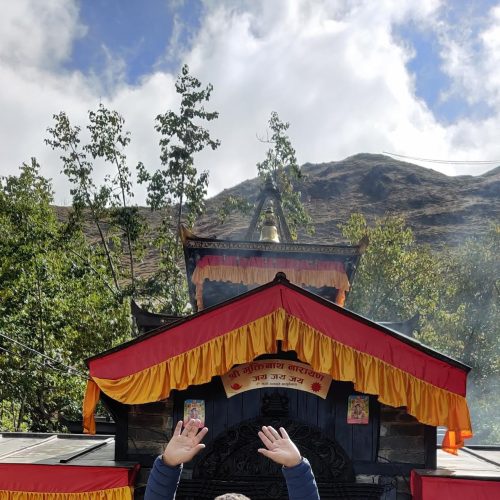

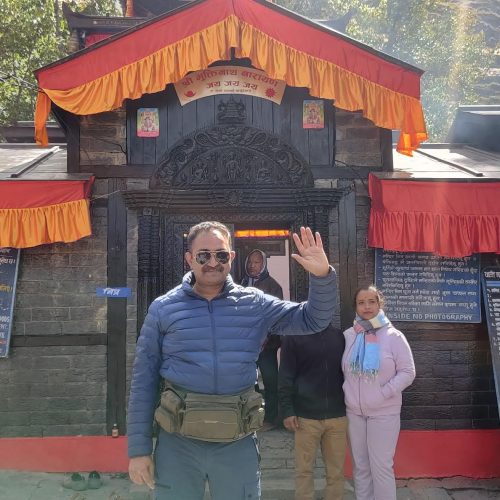

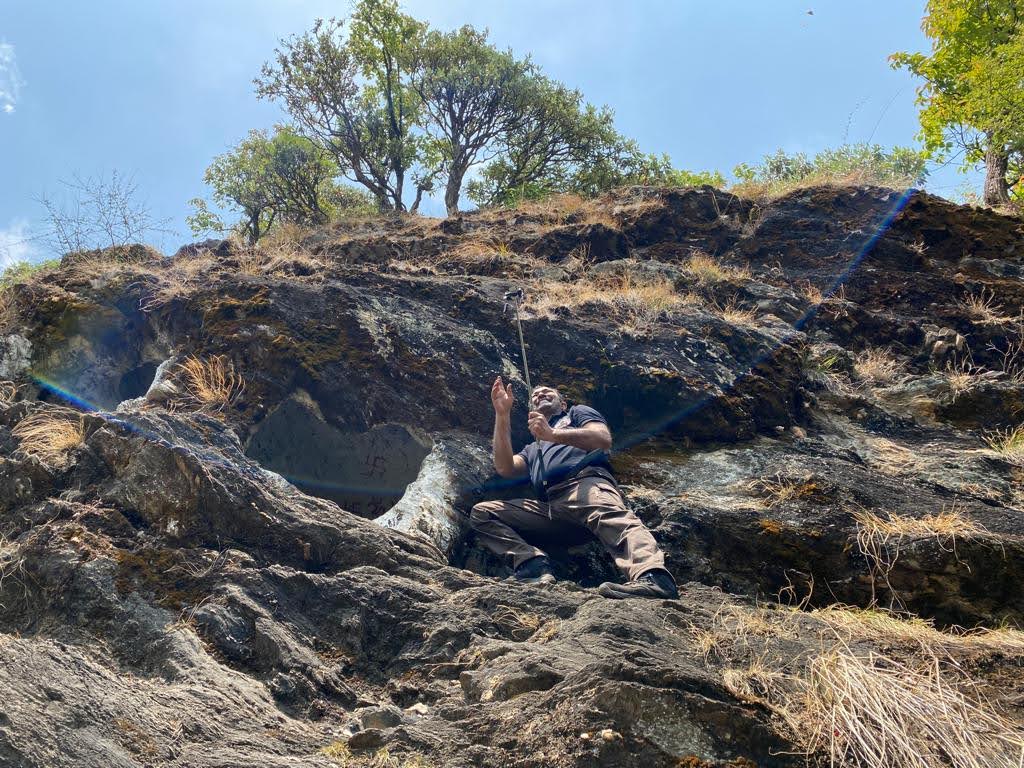

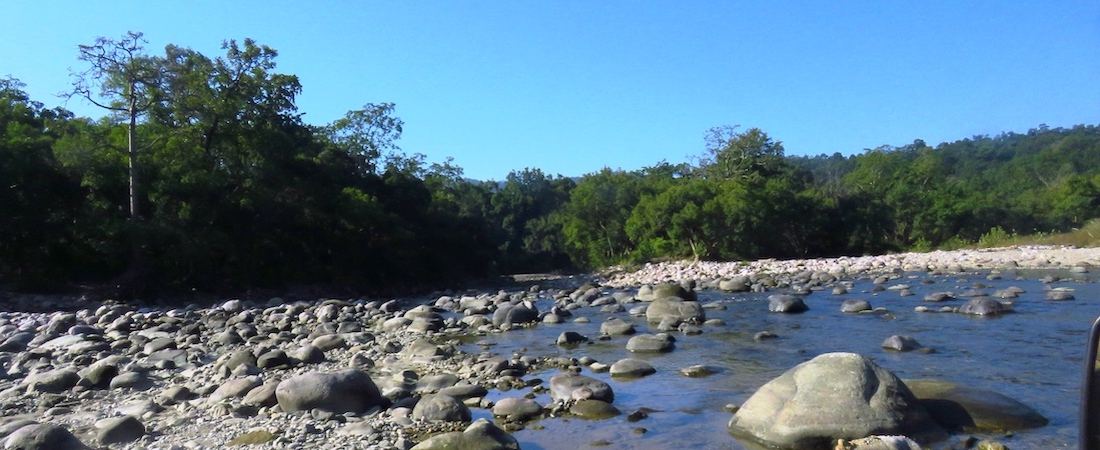
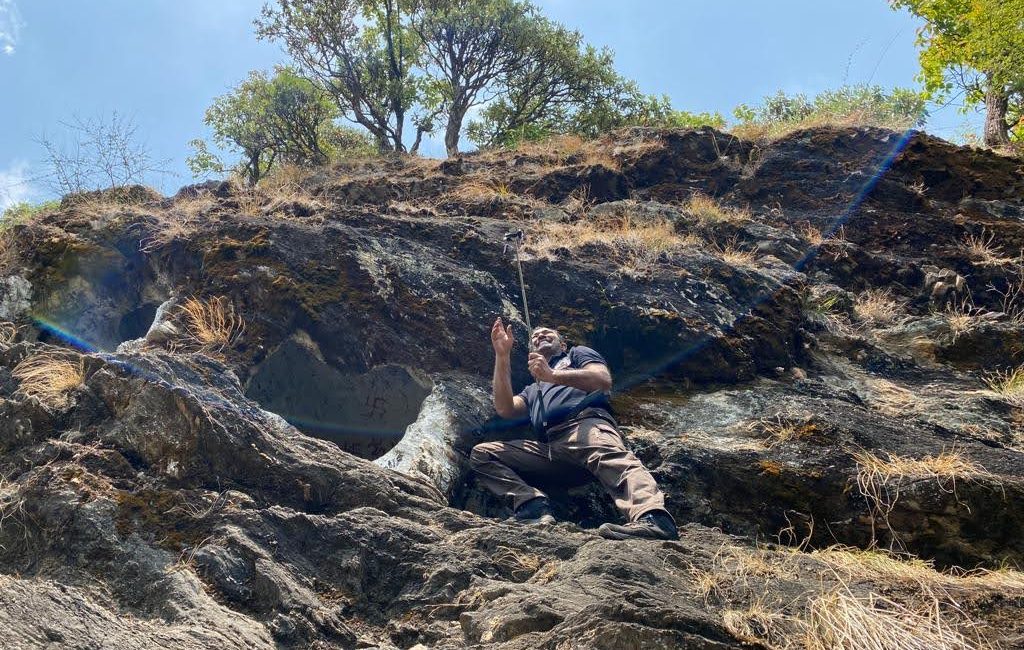
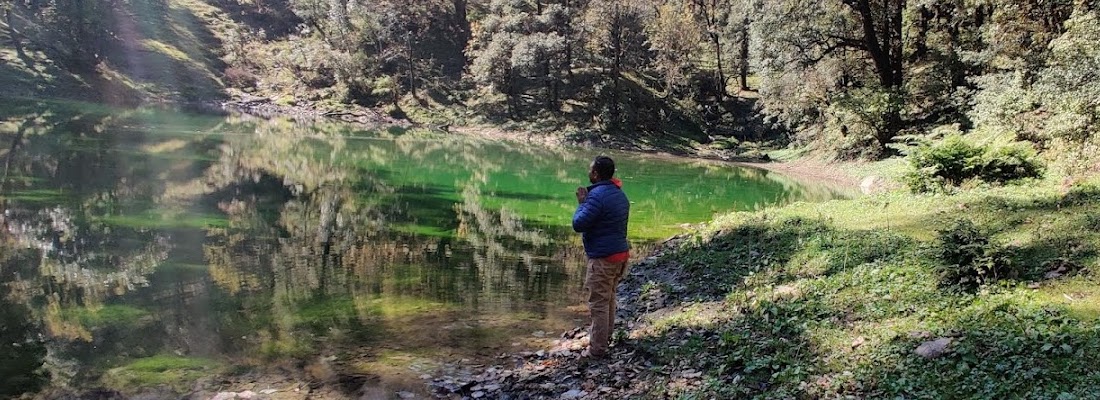
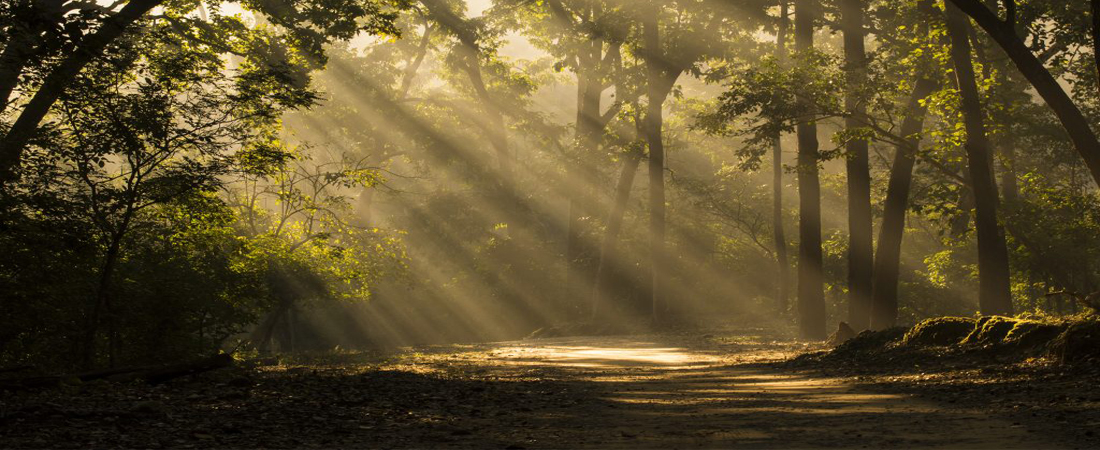


Leave a Reply